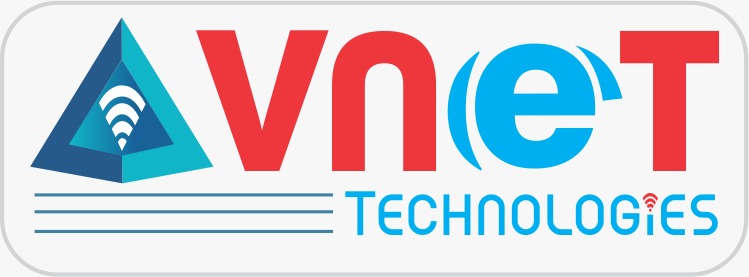
In the ever-evolving landscape of cloud computing and software development, DevOps deployment stands out as a crucial process for modern organizations.
It bridges the gap between development and operations teams, enabling seamless delivery and deployment of applications. At vnetacademy Learning, our focus is to equip professionals with hands-on skills in DevOps deployment through our comprehensive DevOps and Cloud online training programs.
Understanding DevOps Deployment
DevOps deployment is the process of releasing software to production in a way that ensures reliability, scalability, and efficiency. It incorporates automated tools and practices to streamline the journey from code development to production, thereby reducing manual efforts, errors, and downtime.
The deployment phase is integral to the DevOps lifecycle, which includes:
Planning: Defining the features and updates to be delivered.
Development: Writing, testing, and integrating code.
Build and Release: Packaging the code into deployable artifacts.
Deployment: Moving the code from testing to production environments.
At Paperlive Learning, our DevOps training teaches you how to master these stages while focusing on cloud platforms like AWS, Azure, and Google Cloud for a future-ready skillset.
How Does DevOps Deployment Function?
Automation
Automation is at the heart of DevOps deployment. Tools like Jenkins, GitLab CI/CD, and Ansible are commonly used to automate build, test, and deployment pipelines. By automating repetitive tasks, teams can focus on innovation and efficiency.
Continuous Integration and Continuous Deployment (CI/CD)
CI/CD is a fundamental principle of DevOps that ensures faster delivery cycles. Continuous Integration helps developers integrate their code frequently, while Continuous Deployment automates the release process. Our DevOps job-ready program at vnetacademy Learning dives deep into mastering CI/CD pipelines for scalable deployment solutions.
Infrastructure as Code (IaC)
Modern DevOps deployments rely on IaC tools like Terraform and CloudFormation to manage infrastructure. This approach allows teams to define and deploy infrastructure resources in code format, ensuring consistency across environments.
Monitoring and Feedback
Deployment doesn’t end with the release; monitoring tools like Prometheus and Datadog provide insights into application performance. These insights are crucial for identifying issues and implementing improvements.
Why DevOps Deployment Matters
Speed and Efficiency: Faster time-to-market with automated pipelines.
Reliability: Minimized errors and downtime during releases.
Scalability: Seamless scaling of applications on cloud platforms.
Collaboration: Enhanced communication between development and operations teams.
By mastering DevOps deployment, organizations can achieve agility and resilience in their operations—a necessity in today’s competitive environment.
Learn DevOps Deployment with vnetacademy Learning
At vnetacademy Learning, we offer tailored DevOps and Cloud online training programs that equip you with the practical knowledge and tools needed for a successful career in the tech industry. Our curriculum focuses on:
Hands-on practice with CI/CD pipelines.
Working with leading cloud platforms like AWS, Azure, and Google Cloud.
Learning deployment tools such as Kubernetes, Docker, and Jenkins.
Our job-ready program ensures you are prepared to tackle real-world challenges in DevOps and Cloud computing.
Conclusion
DevOps deployment is a critical process for modern IT teams striving for efficiency and innovation. By automating workflows, adopting CI/CD pipelines, and leveraging the power of the cloud, businesses can deliver better software faster.
Ready to become an expert in DevOps and Cloud? Enroll at vnetacademy today and take the first step toward a successful tech career. Visit our website to learn more and join our community of skilled professionals.
Let vnetacademy Learning be your partner in mastering the art of DevOps deployment!
